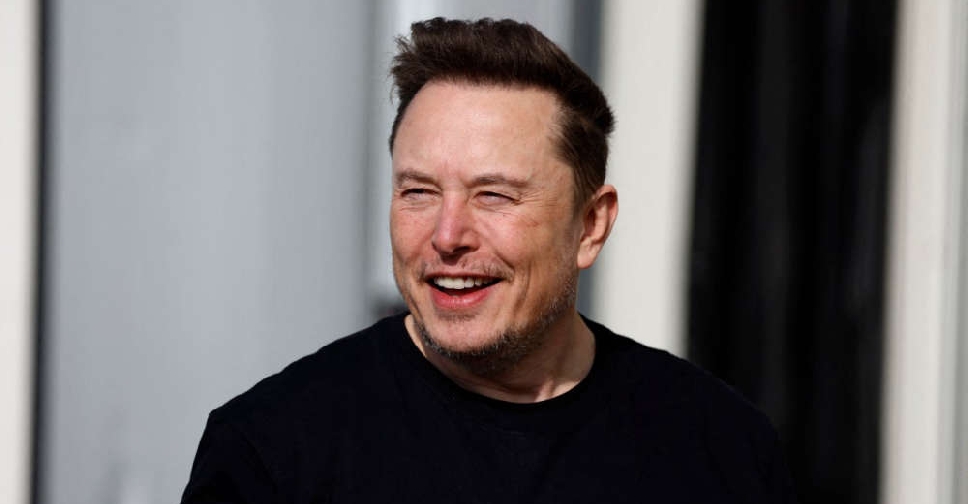
Google reported profit and sales that topped estimates, lifted by robust sales of online ads and tighter cost controls, putting parent Alphabet Inc. on track to overtake Apple Inc. as the world’s most valuable company. The results, reported for the first time under a new structure that separates Google’s main search and advertising operations from riskier investments, show that fourth-quarter revenue, excluding sales passed on to partners, rose 19% to $17.3 billion. That exceeded analysts’ average projection for $16.9 billion, according to data compiled by Bloomberg. Profit, before certain items, was $8.67 a share, beating the prediction for $8.08. Google, which has been investing in artificial intelligence, self-driving cars and health technology, changed its name and structure last year to give investors a clearer view into the performance of its Web business and the money Alphabet Chief Executive Officer Larry Page is devoting to new projects. The health of Google’s main business and investor confidence in the company’s ability to innovate has helped to more than double the stock price in the past three years. “It’s a very healthy bottom-line beat,” said Josh Olson, an analyst at Edward Jones & Co. “This new transparency is going to help. The core business looks very healthy. That’s going to build investors’ confidence about the other bets they’ve been making.” The shares of Mountain View, California-based Alphabet rose as much as 9.4% in extended trading. The stock advanced 1.2% to $770.77 at the close in New York, giving the company a market capitalization of $523.1 billion, compared with $534.7 billion for Apple. The new corporate structure is designed to accelerate Google’s forays into other businesses beyond online marketing, by giving the newer divisions more flexibility. It’s also expensive: Alphabet’s “Other Bets” category had an operating loss of $3.57 billion for 2015, widening from $1.94 billion in 2014, while revenue -- mainly from the Nest smart thermostat, Fiber fast-Internet access and health technology - was just $448 million in 2015, up 37%. Spending on those bets “may be uneven in the near-term,” Porat said, stressing that the financial community should evaluate them on an annual basis, rather than quarterly. The shift to Alphabet has also given more to autonomy to Google’s main business under CEO Sundar Pichai. He has devoted resources to buffing up ad products, introducing new formats while improving the delivery and accuracy of targeted marketing spots. A key challenge is to control spending on initiatives to boost traffic, which are aimed at making up for declining ad prices on mobile devices. Total clicks on ads were up 31% in the latest period, even as the average price for an ads on Google’s websites fell 16%. “The primary driver was the increased use of mobile search by consumers,” Ruth Porat, Alphabet’s chief financial officer, said on a conference call following the results. Google’s video website YouTube and automated, or programmatic, advertising also fueled ad growth, she said. Spending Discipline While operating expenses rose 14% during the fourth quarter to $7.76 billion, they slipped as a%age of revenue to 36%, from 37% a year earlier. In another sign of the fiscal discipline brought to by Porat, capital expenditures shrank to $2.1 billion for the quarter, from $3.55 billion a year earlier. Fourth-quarter net income rose to $4.92 billion from $4.68 billion a year earlier. “It’s the new management story, with a focus on cost discipline and capital spending discipline,” Olson said. Alphabet’s other bets span everything from robotics and Internet-beaming balloons to self-driving cars and health-care research. While they are mainly costs that are supported by Google’s search-ad operations, they have the potential for long-term growth, according to Ivan Feinseth, chief investment officer of Tigress Financial Partners LLC, who has a buy rating on the stock. “They are not distractions,” Feinseth said. “They provide Google with insights and opportunities into other things that are complementary to their other businesses and could be future-leading businesses.”
 UAE, Ukraine conclude terms of trade pact
UAE, Ukraine conclude terms of trade pact
 Elon Musk visits China as Tesla seeks self-driving technology rollout
Elon Musk visits China as Tesla seeks self-driving technology rollout
 Abu Dhabi Airports welcomes 6.9 million passengers in three months
Abu Dhabi Airports welcomes 6.9 million passengers in three months
 ByteDance denies media report of plan to sell TikTok
ByteDance denies media report of plan to sell TikTok
 Photos: UAE’s first operational vertiport unveiled in Abu Dhabi
Photos: UAE’s first operational vertiport unveiled in Abu Dhabi




